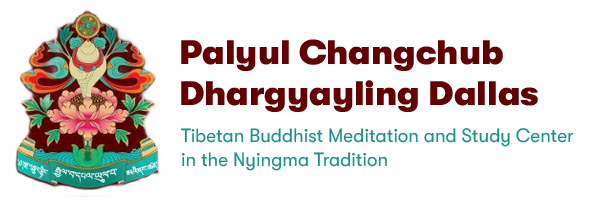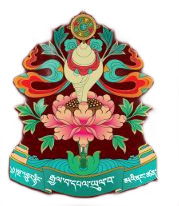PROFILE HISTORY
Palyul Changchub Dhargyaling Dallas is a Meditation and Study Centre within the Nyingma Tradition of Tibetan Buddhism. It was established in the spring of 1998 under the steerage of Venerable Khenchen Tsewang Gyatso Rinpoche, following the course of His Holiness Penor Rinpoche. As a 501C-three non-profit organization, the center is connected with the Palyul mother monastery at Namdroling in Bylakuppe, India.
After the passing of His Holiness Penor Rinpoche in March 2009, the Palyul global network community has been led by His Holiness Karma Kuchen Rinpoche, the twelfth Throne holder of the Palyul Dzogchen Lineage, who was selected as the successor.
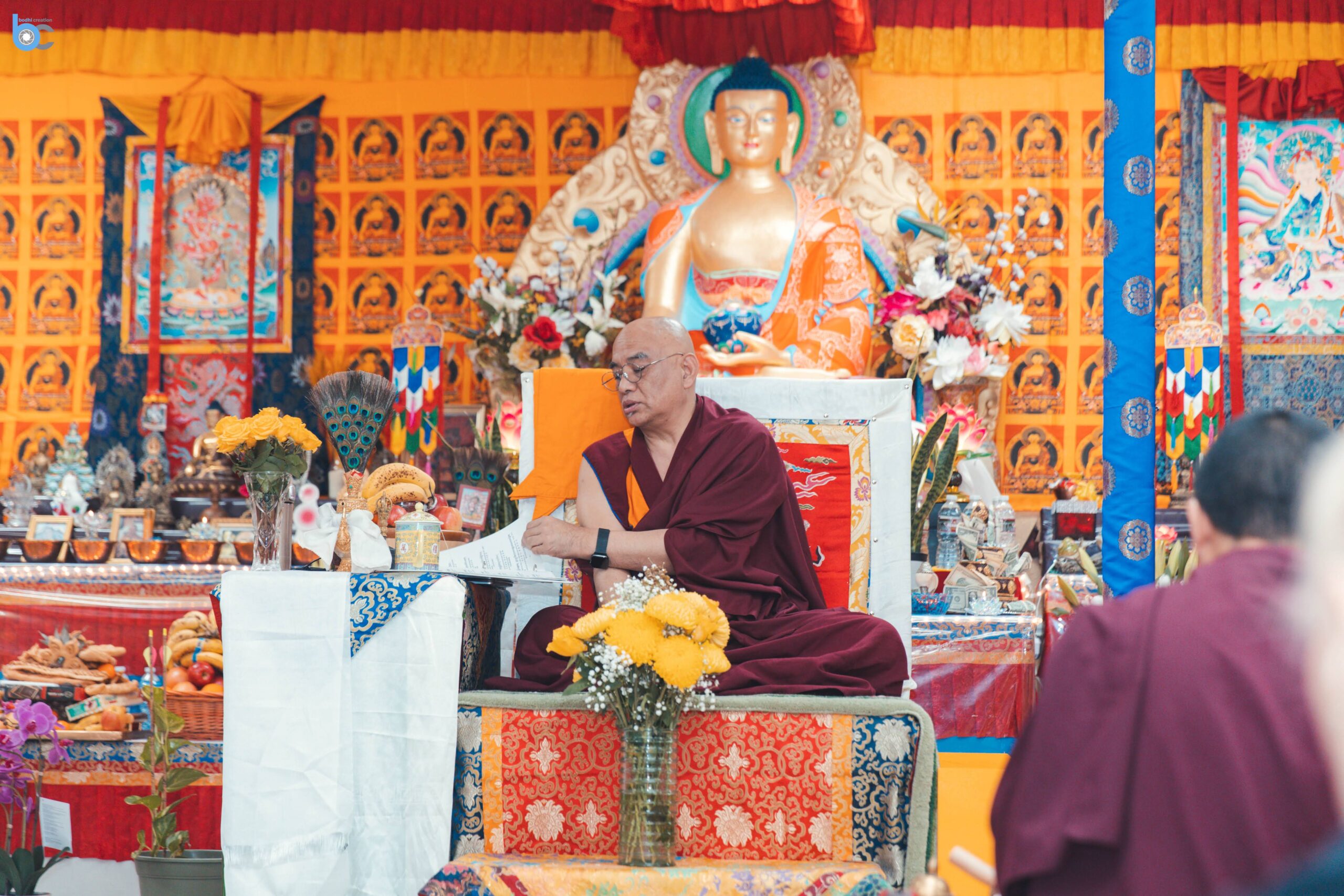
BACKGROUND HISTORY
In Dallas, our center is still guided by the founder and Spiritual Director, Khenchen Tsewang Gyatso Rinpoche. Whereas Khenchen Tsewang Gyatso Rinpoche, Khenpo Tenzin Norgay Rinpoche, and Lama Jigmey Tenzin provide support and assistance at the center. Throughout the year, Khenchen Tsewang Gyatso Rinpoche visits the center multiple times, offering teachings, empowerment, and personal guidance.
As a center affiliated with the Palyul lineage, Palyul Changchub Dhargyaling Dallas’s goals are to promote the take a look at and exercise Tibetan Buddhism, particularly the teachings of the Nyingma tradition. The center provides a supportive environment for meditation, study, and community activities, fostering spiritual growth and personal transformation.
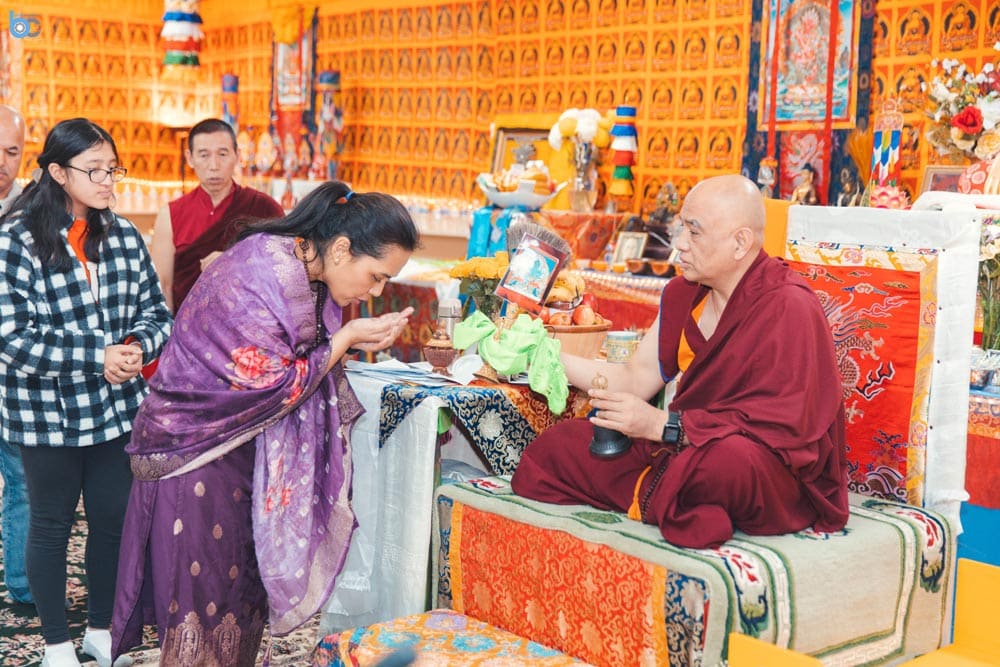
OUR MISSION
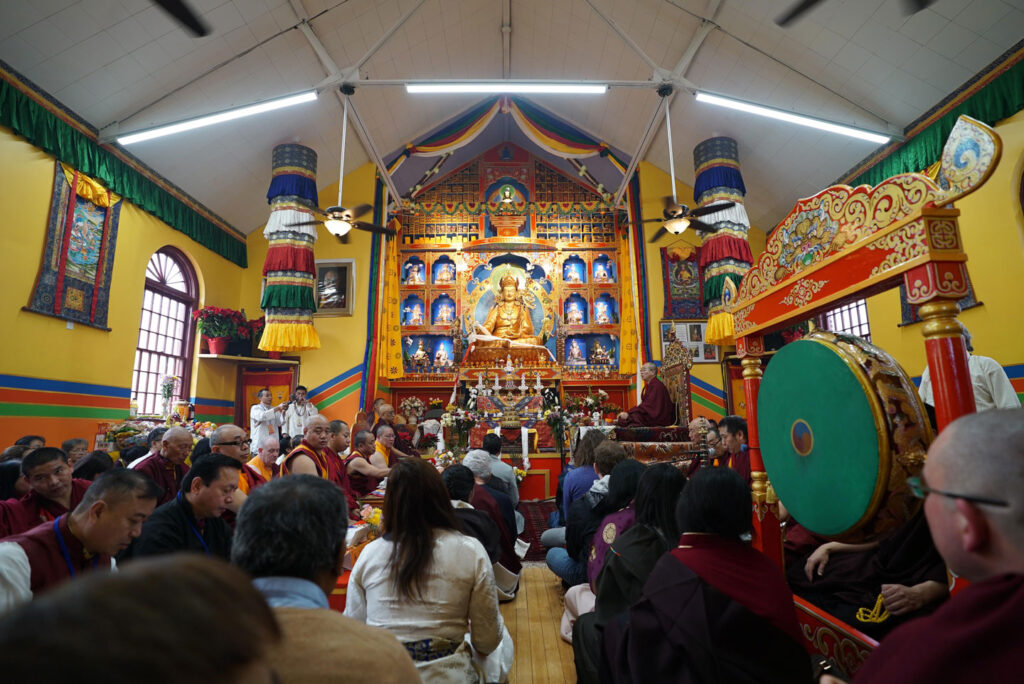
At Palyul Changchub Dhargyaling Dallas, our mission is to make the teachings of the Buddha accessible to anyone who genuinely seeks to practice them, with a particular focus on the teachings of the Palyul Lineage/Nyingma Tradition of Tibetan Buddhism. We are dedicated to establishing a robust practice base at our Temple and continuously developing our facilities to create a welcoming space for anyone interested in learning Buddhist teachings. Our teachers can impart their wisdom, our sangha (spiritual community) can gather, and where the preservation of Tibetan/Nepali cultural arts and sciences is encouraged and supported.
One of our core activities is offering lectures and authentic Buddhism teachings to our members and the public. We strive to provide a space where individuals can learn about and engage in meditation, Buddhist philosophy, and prayer practices. Regardless of one’s background or experience level, our center is open to all interested in exploring these aspects of Tibetan Buddhism. We seek to foster an inclusivity, warmth, and supportive environment where individuals can find solace, guidance, and a sense of belonging on their spiritual journey.
FAQ
Buddha was a non-secular teacher born as Siddhartha Gautama, an prince, sometime around 500 B.C. The number one Buddhist branches each inform barely specific variations of his existence story, and historians have yet so you can validate any unique model. However, consistent with them, he left domestic as a younger man to pursue non-secular facts. He studied the principal teachings and practices available then and observed all of them as too indulgent or punishing. He executed enlightenment via what he called ‘the center way’ and went on to educate this way for 50 years before his demise. His existence story and teachings were handed down orally, then in written shape, and became the inspiration for what we now call Buddhism.
In one manner, being a Buddhist manner belonging to a specific network of humans and following a path of life taught by the Buddhas (enlightened beings). Members of the Buddhist network are officially joined with the aid of taking haven within the Buddha, the Dharma (the teaching), and the Sangha (the community of noble disciples).
Many, perhaps even maximum, Buddhist temples welcome non-Buddhists. Larger, more properly set up temples often post announcements in local newspapers as to their schedules of offerings. It is appropriate to call beforehand to ask whether or not traffic is welcome at a given non-secular observance. Visitors are free to take part in communal rituals as the wish. Major ritual sports encompass supplying incense, chanting texts from the Sutras or making song hymns, and quiet meditation. Guests who select now not to participate need to have a look in silence from the back or side of the temple.
Put very in brief, and the Buddha taught a way out of struggling. The foundation of his teachings is the Four Noble Truths, his discoveries regarding the nature, foundation, and cessation of struggling. The Fourth Noble Truth lays out the Eightfold Path, the Buddha’s teachings on the way to unfastening ourselves from the cycle of struggling. Central to the Eightfold route is the practice of meditation, of which there are many forms.
It reminds one of the Dharma in order that it is not forgotten; At the same time, meditation is not viable, and when vital mindfulness no longer gives a good deal of consolation, it can be used to notable advantage as an extension of meditation into phrases to supply calm, and some peace inside. Indeed, it expresses one’s strong confidence in the Dharma. Reciting the equal chants every day additionally has an advantage – making healthful repetitive karma to endure delicious fruit.
Buddhism explains a motive for existence, it explains apparent injustice and inequality around the arena, and it affords a code of exercise or way of life that ends in finishing struggling.
